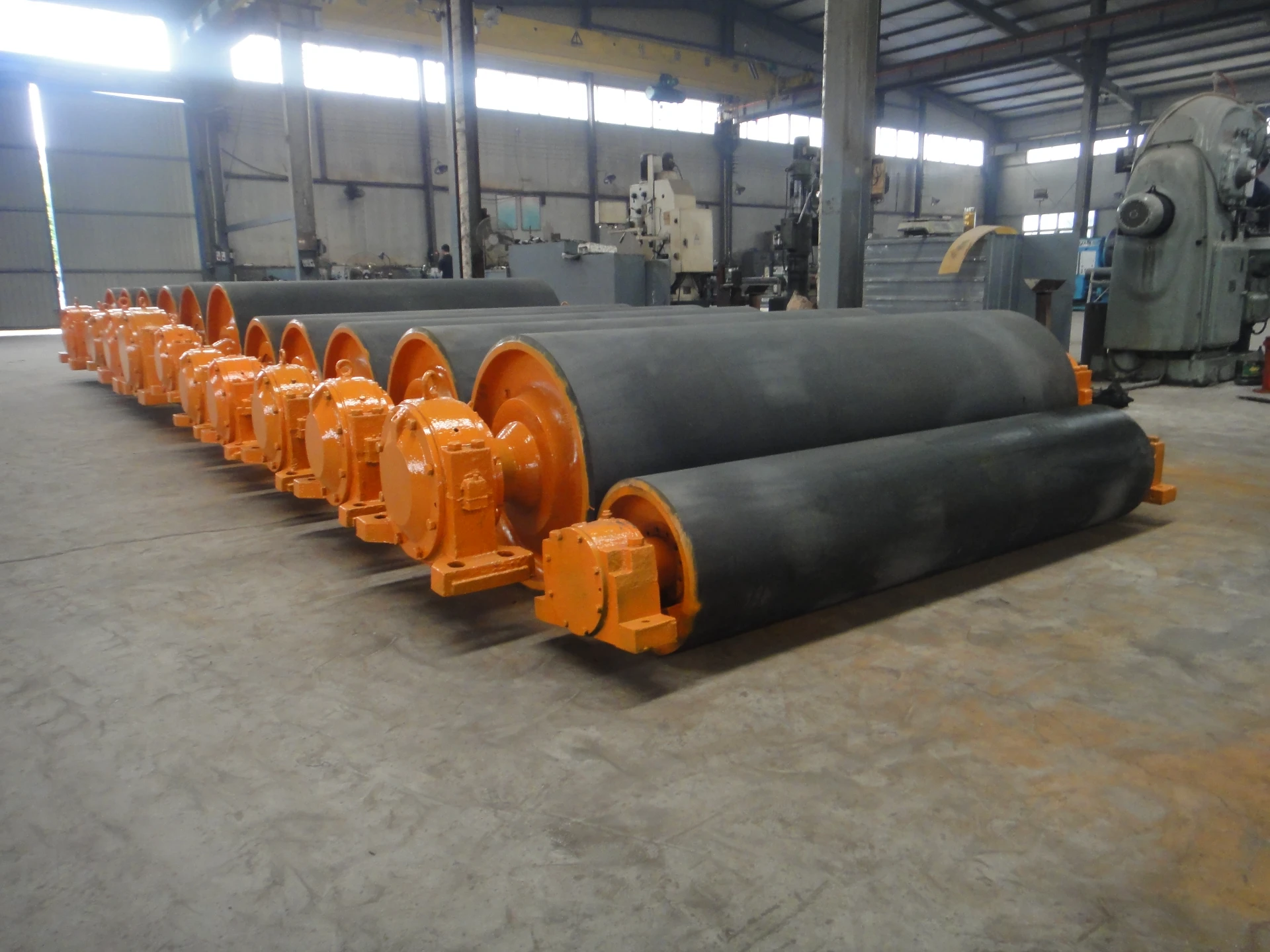 Afrikaans
Afrikaans  Albanian
Albanian  Amharic
Amharic  Arabic
Arabic  Armenian
Armenian  Azerbaijani
Azerbaijani  Basque
Basque  Belarusian
Belarusian  Bengali
Bengali  Bosnian
Bosnian  Bulgarian
Bulgarian  Catalan
Catalan  Cebuano
Cebuano  Corsican
Corsican  Croatian
Croatian  Czech
Czech  Danish
Danish  Dutch
Dutch  English
English  Esperanto
Esperanto  Estonian
Estonian  Finnish
Finnish  French
French  Frisian
Frisian  Galician
Galician  Georgian
Georgian  German
German  Greek
Greek  Gujarati
Gujarati  Haitian Creole
Haitian Creole  hausa
hausa  hawaiian
hawaiian  Hebrew
Hebrew  Hindi
Hindi  Miao
Miao  Hungarian
Hungarian  Icelandic
Icelandic  igbo
igbo  Indonesian
Indonesian  irish
irish  Italian
Italian  Japanese
Japanese  Javanese
Javanese  Kannada
Kannada  kazakh
kazakh  Khmer
Khmer  Rwandese
Rwandese  Korean
Korean  Kurdish
Kurdish  Kyrgyz
Kyrgyz  Lao
Lao  Latin
Latin  Latvian
Latvian  Lithuanian
Lithuanian  Luxembourgish
Luxembourgish  Macedonian
Macedonian  Malgashi
Malgashi  Malay
Malay  Malayalam
Malayalam  Maltese
Maltese  Maori
Maori  Marathi
Marathi  Mongolian
Mongolian  Myanmar
Myanmar  Nepali
Nepali  Norwegian
Norwegian  Norwegian
Norwegian  Occitan
Occitan  Pashto
Pashto  Persian
Persian  Polish
Polish  Portuguese
Portuguese  Punjabi
Punjabi  Romanian
Romanian  Russian
Russian  Samoan
Samoan  Scottish Gaelic
Scottish Gaelic  Serbian
Serbian  Sesotho
Sesotho  Shona
Shona  Sindhi
Sindhi  Sinhala
Sinhala  Slovak
Slovak  Slovenian
Slovenian  Somali
Somali  Spanish
Spanish  Sundanese
Sundanese  Swahili
Swahili  Swedish
Swedish  Tagalog
Tagalog  Tajik
Tajik  Tamil
Tamil  Tatar
Tatar  Telugu
Telugu  Thai
Thai  Turkish
Turkish  Turkmen
Turkmen  Ukrainian
Ukrainian  Urdu
Urdu  Uighur
Uighur  Uzbek
Uzbek  Vietnamese
Vietnamese  Welsh
Welsh  Bantu
Bantu  Yiddish
Yiddish  Yoruba
Yoruba  Zulu
Zulu Components and Their Roles in Belt Conveyor Systems
Understanding Belt Conveyor Parts and Their Functions
Belt conveyors are a vital component in various industries, facilitating the efficient movement of materials across different stages of production and distribution. These systems consist of various parts, each playing a crucial role in ensuring smooth operation. In this article, we will explore the primary components of belt conveyors and their respective functions.
1. Conveyor Belt
The heart of any belt conveyor system is the conveyor belt itself. This continuous loop of flexible material, typically made from rubber, fabric, or metal, is tasked with transporting materials from one location to another. The design of the belt can vary based on the specific requirements of the materials being handled, including weight, size, and the environmental conditions they will be exposed to.
2. Rollers
Rollers are mounted under the conveyor belt and serve to support it. They reduce friction, allowing the belt to move freely across the conveyor structure. There are multiple types of rollers, including drive rollers, which are powered to move the belt, and return rollers, which help guide the belt back to the starting point. Additionally, idler rollers are added to maintain the belt’s alignment and reduce sagging.
3. Drive Motor
The drive motor provides the necessary power to move the conveyor belt. It is usually located at one end of the conveyor system and may utilize various types of power sources, such as electric motors or hydraulic systems. The choice of motor depends on factors like the load being transported and the distance the materials need to travel.
4. Pulley System
belt conveyor parts and functions

A series of pulleys work in conjunction with the drive motor to facilitate the movement of the conveyor belt. The drive pulley, connected to the motor, turns the belt, while the return pulley guides the belt back for another cycle. Pulleys are typically made from strong materials like steel or aluminum, designed to withstand the stresses of continuous operation.
5. Tensioning Device
Tensioning devices are critical to maintaining the correct tension in the conveyor belt. If the belt is too loose, it may slip or misalign, leading to decreased efficiency and potential system failure. Conversely, if it is too tight, it may cause excessive wear on the belt and other components. Tensioning can be achieved using various methods, including manual, automatic, or spring-loaded systems.
6. Chassis/Frame
The chassis or frame serves as the supporting structure for the entire conveyor system. It is designed to hold all the components in place while providing stability and durability. Typically made from metal or heavy-duty framing materials, the frame must be strong enough to withstand the weight and motion of the materials being transported.
7. Side Guards and Safety Features
To enhance safety in the workplace, side guards are often installed along the edges of the conveyor belt. These help to prevent materials from falling off during transport. Additional safety features may include emergency stop buttons, warning lights, and covers to prevent access to moving parts.
Conclusion
Understanding the various parts of a belt conveyor and their functions is essential for optimal performance and maintenance. Each component works cohesively to ensure that materials are moved efficiently and safely within industrial settings. As industries continue to evolve, advancements in conveyor technology will likely enhance the efficiency, safety, and versatility of belt conveyor systems, making them indispensable in material handling operations.
-
Revolutionizing Conveyor Reliability with Advanced Rubber Lagging PulleysNewsJul.22,2025
-
Powering Precision and Durability with Expert Manufacturers of Conveyor ComponentsNewsJul.22,2025
-
Optimizing Conveyor Systems with Advanced Conveyor AccessoriesNewsJul.22,2025
-
Maximize Conveyor Efficiency with Quality Conveyor Idler PulleysNewsJul.22,2025
-
Future-Proof Your Conveyor System with High-Performance Polyurethane RollerNewsJul.22,2025
-
Driving Efficiency Forward with Quality Idlers and RollersNewsJul.22,2025





























